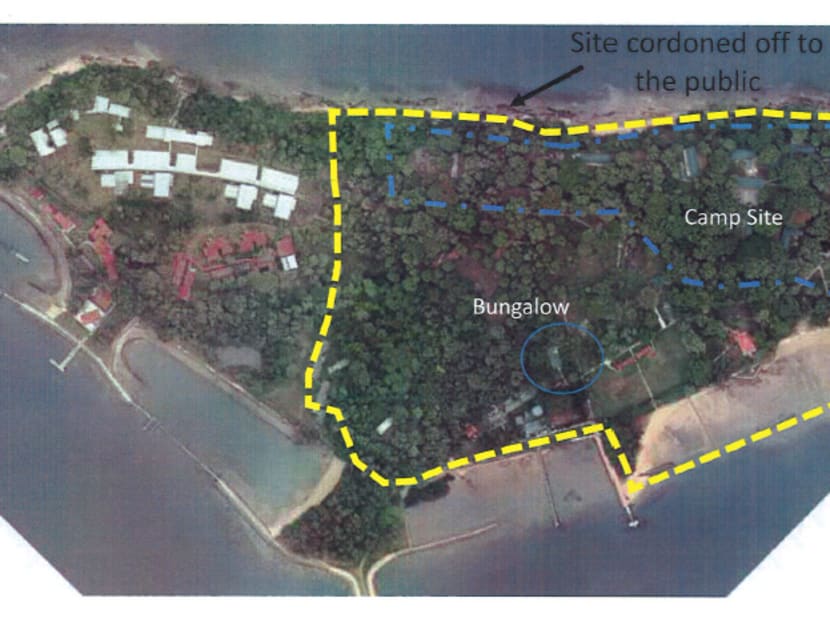St John’s Island campsite to be closed till mid-2019 for removal of asbestos: SLA
SINGAPORE — The recreational areas of St John’s Island will be closed till the middle of next year, after asbestos — a hazardous material that could cause lung cancer and other illnesses if its fibres are inhaled over a prolonged period — was discovered on the island.

The Singapore Land Authority said for safety reasons, the public will not be allowed into the campsite, lagoon and bungalow areas on the Southern island located some 6.5km to the south of the mainland.
SINGAPORE — The recreational areas of St John’s Island will be closed till the middle of next year, after asbestos — a hazardous material that could cause lung cancer and other illnesses if its fibres are inhaled over a prolonged period — was discovered on the island.
Announcing the closure on Monday (April 23), the Singapore Land Authority (SLA) said for safety reasons, the public will not be allowed into the campsite, lagoon and bungalow areas on the Southern island located some 6.5km to the south of the mainland.
About a dozen bookings for the campsite have been cancelled, and the monthly guided nature trail — run by the National Parks Board — has also been cancelled till the site is re-opened.
The public can, however, continue to access Lazarus Island via St John’s Island, and ferry services from Marina South will not be affected.
The other half of the island that houses research facilities, such as the St John’s Island National Marine Laboratory, will also remain open.
Taking the media through the sequence of events, the SLA said its contractors, who were carrying out upgrading and maintenance works on the campsite, had discovered traces of asbestos in debris — which may have come from the roof sheets — on March 19.
The agency then worked with its surveyor to test the debris, and confirmed the presence of asbestos on April 16.
On April 17, it cancelled all campsite and holiday bungalow bookings on the island, and on April 18, two long-term residents of the island, who grew up there, were notified and they have since relocated to their homes on the mainland.
At the media briefing, SLA chief executive Tan Boon Khai said: “We have been in touch with them and we understand that they are in good health."
The SLA will begin removing the asbestos from Friday (April 27), and removal works are expected to be completed at the end of the year. The campsite will be reopened in mid-2019 once upgrading and maintenance works are completed.
The use of asbestos — a naturally occurring mineral — in building materials has been banned since 1989 due to concerns about their health risks. Mr Tan told reporters that the agency is investigating the source of the asbestos and will not speculate further, though they “most likely” came from roof sheets.
“From the debris that is there, it could have been there for some time, but we are investigating the matter,” he added.
The SLA, which took over the management of the island from Sentosa Development Corporation (SDC) last year, does not actively track the number of visitors to the island, though in 2014, SDC had reported that the island receives some 28,000 visitors annually.
Casual visitors to the island need not be particularly concerned about their health, said Associate Professor Loo Chian Min, senior consultant at the Singapore General Hospital’s respiratory and critical care medicine department.
This is because asbestos poses a risk only to those who inhale its fibres over a long period of between 10 and 40 years, affecting mostly people who work with prolonged exposure to high levels of it. Asbestos fibres can cause diseases such as mesothelioma and lung cancer.
In 2016, some of the terrace houses at Chip Bee Gardens near Holland Village were found to contain asbestos. The SLA is still replacing all affected roof awnings and clearing the asbestos “over time”. “That is quite a different situation because that was contained and untouched in a house environment,” Mr Tan said.








